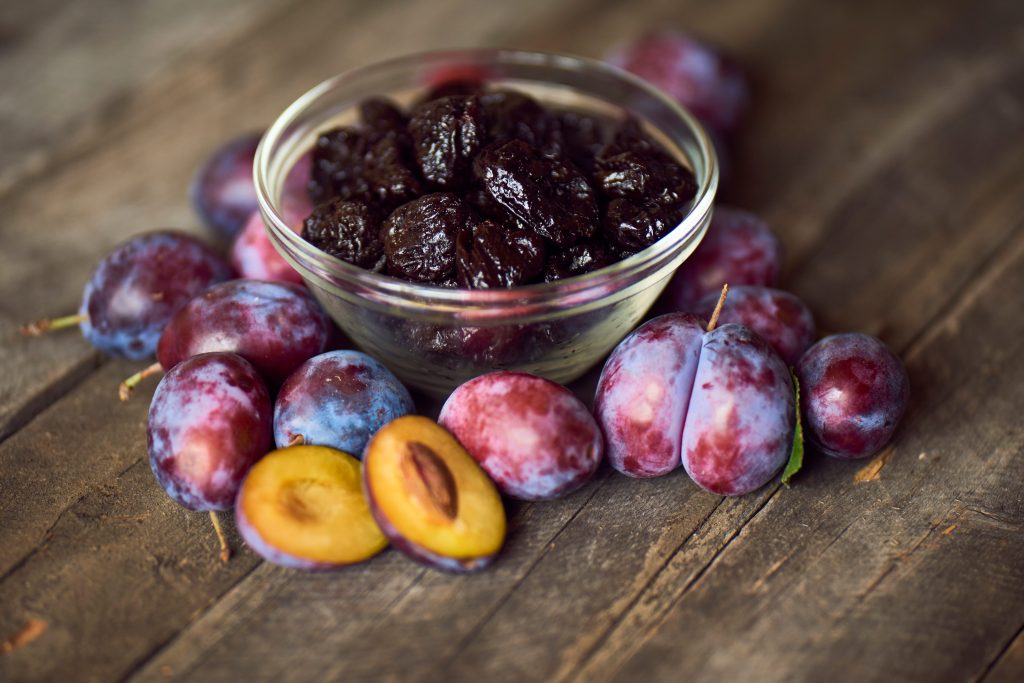Exporting prunes to Russia can be a lucrative business opportunity for those involved in the dried fruit industry. Prunes, which are dried plums, are known for their sweet taste, nutritional value, and long shelf life. Russia, with its vast population and growing demand for healthy and convenient food options, presents a promising market for prune exporters.
When considering exporting prunes to Russia, several factors should be taken into account. Firstly, it is essential to understand the regulatory requirements and standards for importing dried fruits into the country. Familiarizing yourself with the Russian customs regulations, labeling requirements, and food safety standards will help ensure a smooth export process.
Finding reliable distributors or partners in Russia is another crucial step. Collaborating with local businesses that have established networks and knowledge of the Russian market can greatly facilitate the distribution and marketing of prunes. These partners can assist with navigating the local market, understanding consumer preferences, and overcoming potential language and cultural barriers.
Marketing plays a vital role in successfully introducing prunes to the Russian market. Conducting market research to understand the target audience, their preferences, and the competition is essential. Developing a localized marketing strategy, including packaging and branding that resonates with Russian consumers, can give your product a competitive edge. Highlighting the health benefits of prunes, such as their high fiber content and digestive properties, may also help attract health-conscious consumers in Russia.
Logistics and transportation are critical aspects of exporting prunes to Russia. Ensuring that the prunes reach their destination in optimal condition and within the desired timeframe requires careful planning. Working with reputable shipping and logistics providers with experience in international trade can help ensure efficient and timely delivery.
Additionally, it is important to keep track of market trends and adapt to changing consumer preferences. Stay updated on the latest developments in the Russian dried fruit market, including emerging flavors, packaging innovations, and health-conscious trends. By staying ahead of the curve, you can adjust your offerings to meet the evolving demands of Russian consumers.
Exporting prunes to Russia presents an opportunity to tap into a large and growing market. With proper research, planning, and execution, it is possible to establish a successful business exporting prunes to Russia and provide consumers with a delicious and nutritious snack option.
Certainly! Here are some additional points to consider when exporting prunes to Russia:
1. Quality control: Russian consumers value high-quality products, so it is crucial to ensure that the prunes you export meet their expectations. Implementing strict quality control measures throughout the production and packaging process will help maintain the taste, texture, and appearance of the prunes. Obtaining relevant certifications, such as ISO or HACCP, can also enhance your credibility in the Russian market.
2. Pricing and competitiveness: Analyzing the pricing strategies of your competitors and understanding the pricing dynamics in the Russian market is essential. Offering competitive prices while maintaining profitability will play a significant role in attracting customers and gaining market share. Consider factors such as production costs, transportation expenses, tariffs, and currency exchange rates when determining your pricing strategy.
3. Packaging and labeling: Pay attention to the packaging and labeling of your prunes to comply with Russian regulations. Ensure that the packaging materials are suitable for preserving the quality of the prunes during transportation and storage. Clearly labeling the product with all the necessary information in Russian, including product name, ingredients, nutritional information, and manufacturer details, is crucial for compliance and consumer trust.
4. Distribution channels: Understand the distribution landscape in Russia and identify the most effective channels to reach your target market. This could include supermarkets, specialty food stores, online platforms, or even partnering with local distributors who have established relationships with retailers. Developing a robust distribution network will ensure that your prunes are readily available to consumers across different regions of Russia.
5. Cultural considerations: Recognize and respect the cultural preferences and traditions of Russian consumers. Conducting market research to understand their taste preferences, snacking habits, and consumption patterns will help tailor your product offerings accordingly. For example, offering prunes in smaller, convenient packaging sizes for individual consumption or introducing flavors that resonate with Russian tastes could be advantageous.
6. Trade regulations and documentation: Stay updated on the trade regulations between your country and Russia, including any changes in import duties, customs procedures, or documentation requirements. Familiarize yourself with the necessary export documents, such as invoices, certificates of origin, phytosanitary certificates, and any specific requirements for dried fruits. Ensuring compliance with these regulations will help facilitate a smooth export process.
Remember that exporting prunes to Russia, like any international venture, requires careful planning, research, and adaptability. By understanding the market, building strong partnerships, and meeting the preferences of Russian consumers, you can position your prune exports for success in this promising market.



